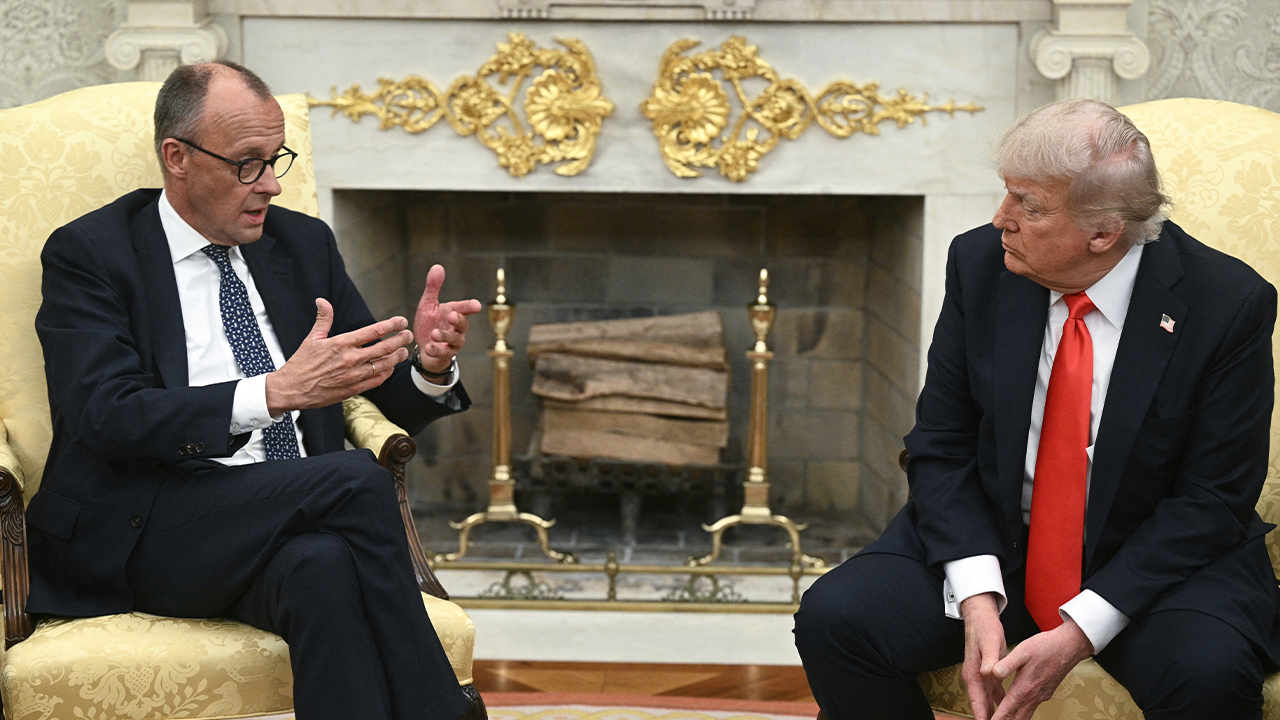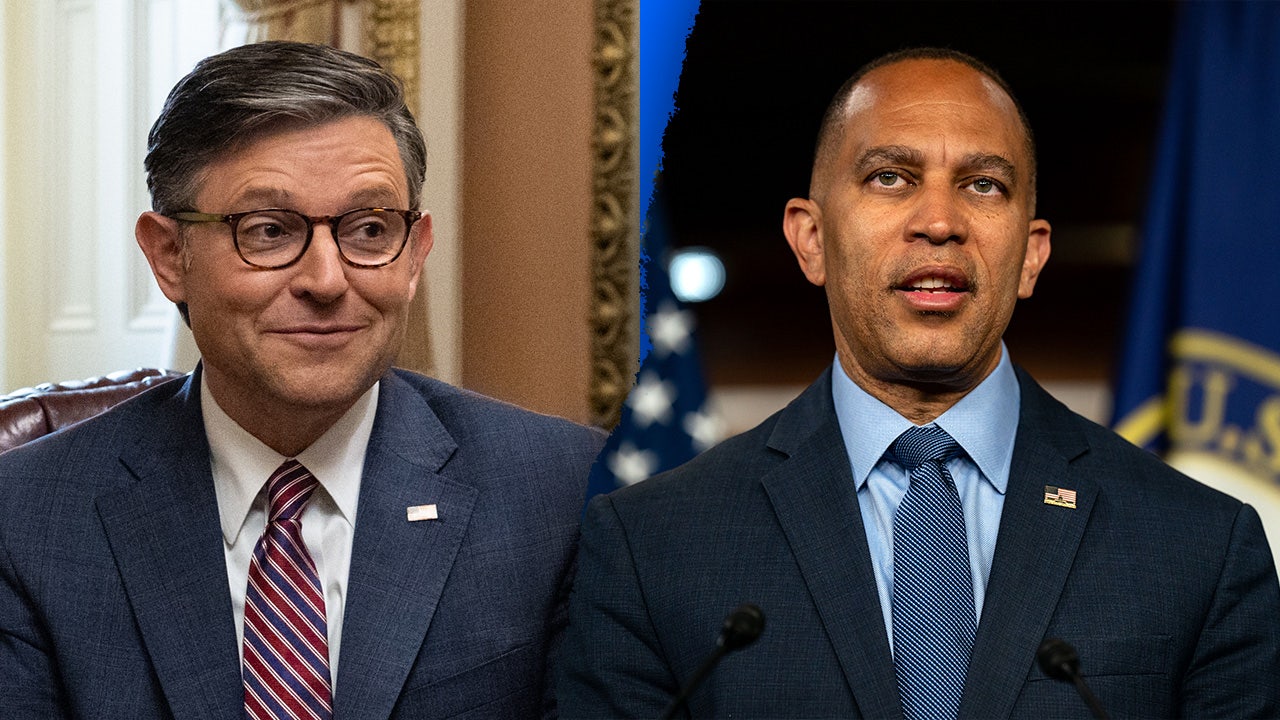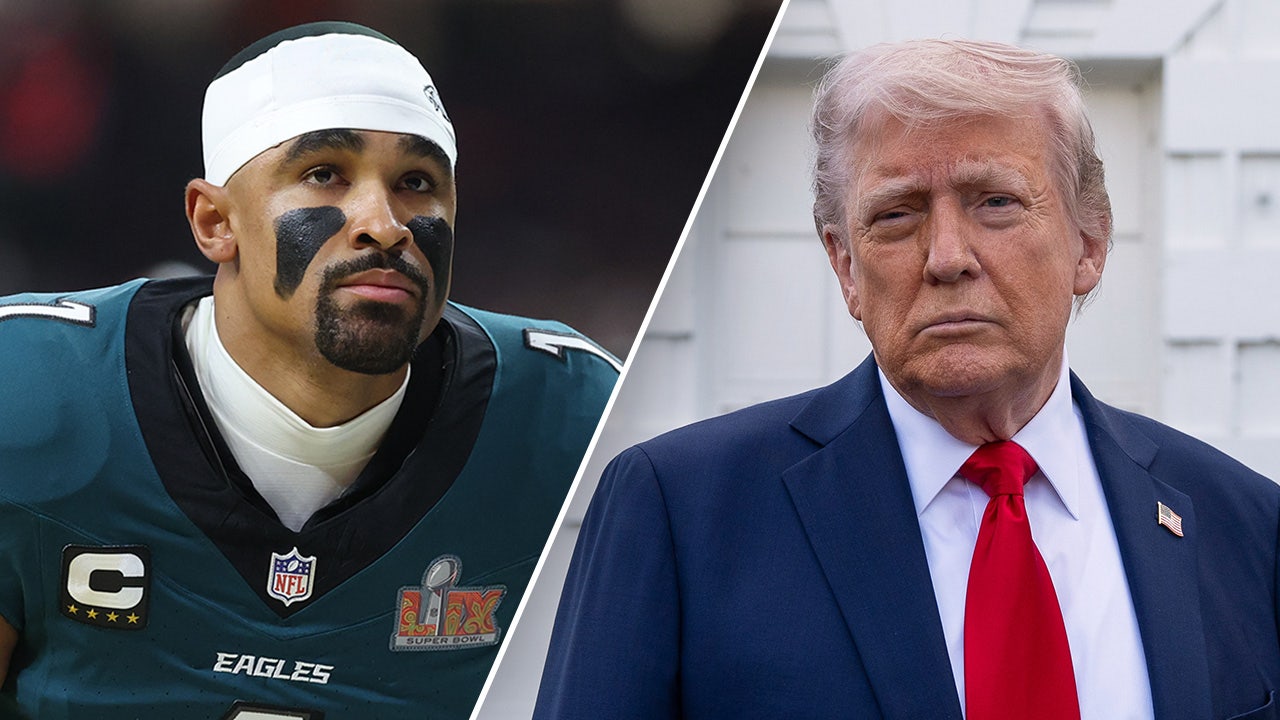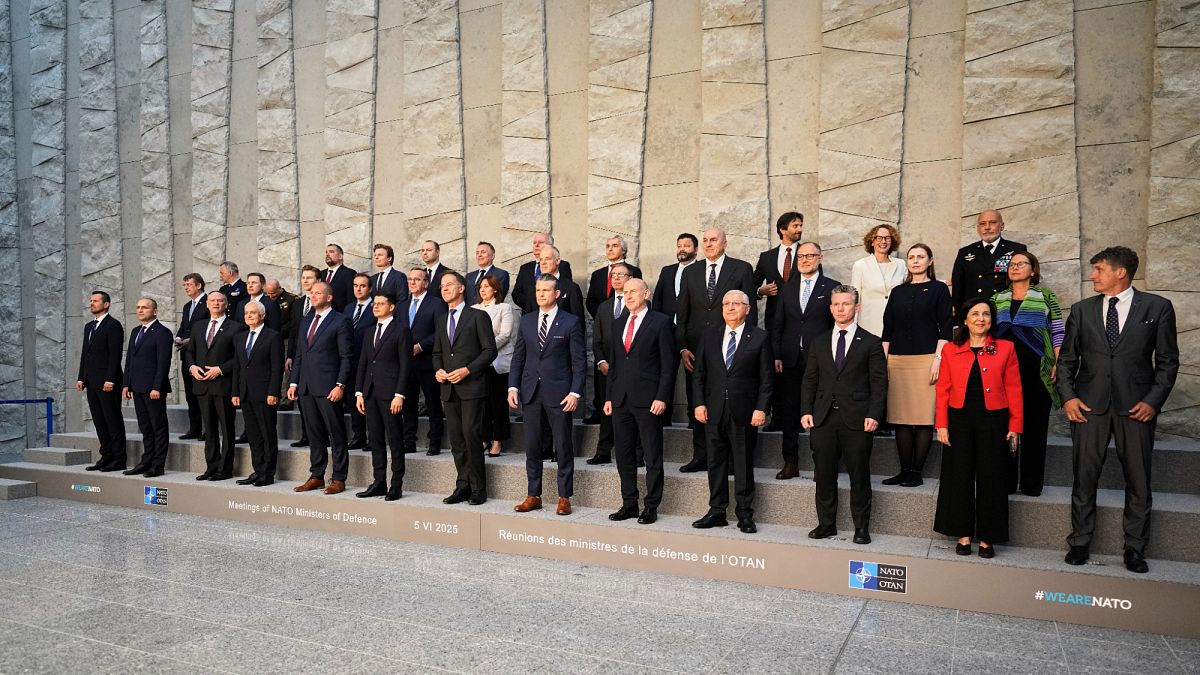Vermont
Vermont’s top housing official concerned by FEMA’s count of homes destroyed by floods

This story, by Report for America corps member Carly Berlin, was produced through a partnership between VTDigger and Vermont Public.
The Federal Emergency Management Agency has so far given out over $13 million to more than 2,400 Vermonters impacted by July’s catastrophic flooding.
But the number of applicants whose homes have been deemed destroyed by FEMA is relatively small. And some state officials say they’re worried the agency’s assessments don’t match up to the impacts on the ground.
So far, FEMA has only determined that nine homes have been destroyed by July’s flooding, along with two rental properties, said Vermont Housing Commissioner Josh Hanford at a special legislative hearing on Tuesday. Another 234 homes and 91 rental properties are considered to have major damage, he said.
Hanford called these low numbers “concerning.”
“You can see that from FEMA’s numbers, the majority of damage they consider minor,” Hanford said. “But from what we saw in Barre, what we know from other situations — I think that number is a lot higher.”
FEMA’s current internal guidance lays out a list of criteria the agency considers when deciding whether a home is repairable or “destroyed” — and thus eligible for a higher payout. If two or more major structural components need to be replaced because of damage from the disaster (like load-bearing walls or the foundation), or if flood waters have reached the roof, inundating most of the living area, then the home is considered destroyed.
Hanford pointed to manufactured home communities specifically. Across four parks that saw major flooding — two in Berlin, one in Ludlow, and another in Johnson — 52 homes have been condemned by the state’s Division of Fire Safety.
“So the FEMA number of total destroyed and what we’re seeing aren’t matching yet,” Hanford said.
The number of destroyed homes could tick up. FEMA is still completing inspections, and some households may go through appeals before reaching a final determination, Hanford noted.
The federal agency has so far approved 21 maximum awards to Vermonters following the floods, Hanford said. The highest housing award FEMA can give is $41,000.
Have questions, comments or tips? Send us a message.

Vermont
Vermont Attorney General settles with private parking company after they ‘trick consumers’ into paying fines – VTDigger

A parking company with more than two dozen private lots in the Burlington area has agreed to pay a hefty fine after the Vermont attorney general found it was using deceptive ticketing practices.
Unified Parking Partners — a New England parking company acquired by hospitality and parking giant Towne Park in 2024 — is set to pay the state $150,000, according to a June 5 press release from Vermont Attorney General Charity Clark’s office.
The attorney general’s investigation found that the company violated the Vermont Consumer Protection Act by using government-style language like “citations” and “fines” on notices sent to drivers for violations made in its private lots.
The company’s notices also mischaracterized the penalties for not paying fees, suggesting that it could impact someone’s credit rating, vehicle registration, license renewal and ability to rent a car.
In the settlement, Clark wrote that Unified Parking Partners is a “private commercial entity with no governmental authority.”
“Companies have a right to charge for services rendered, but not to trick consumers into paying out of fear that disputing a charge could come with consequences the company has no power to impose,” Clark said.
Clark mandated that the parking company stop “making any representation that may cause a reasonable consumer to believe that a notice of violation is issued by a municipality or governmental authority.”

The settlement between the attorney general and Unified Parking Partners is enforced through an Assurance of Discontinuance, a common way for attorney generals to resolve conflicts. The company plans to pay the $150,000 fine by June 20.
Clark is not the first attorney general to go after the company. Last summer, Rhode Island Attorney General Peter F. Neronha filed a complaint against UPP Global LLC — Unified Parking Partners’ parent company — accusing it of “a pattern of unfair and deceptive conduct including charging customers fees disguised as a ‘tax,’ charging junk ‘service fees,’ failing to disclose parking rates until customers have already parked, and issuing ‘citations’ that mimic government-issued parking tickets and falsely threaten consequences from the Division of Motor Vehicles.”
United Parking Partners has faced criticism from Vermonters for years. In 2017, Seven Days wrote a column about the company’s potentially deceptive ticketing practices.
When reached for comment, United Parking Partners spokesperson Bev Drivin said, “UPP is committed to complying with all applicable local laws and regulations. All practices, policies, signage, and enforcement notices are fully compliant with applicable laws.”
Vermont
Here are 10 summer festivals in Vermont to attend this year
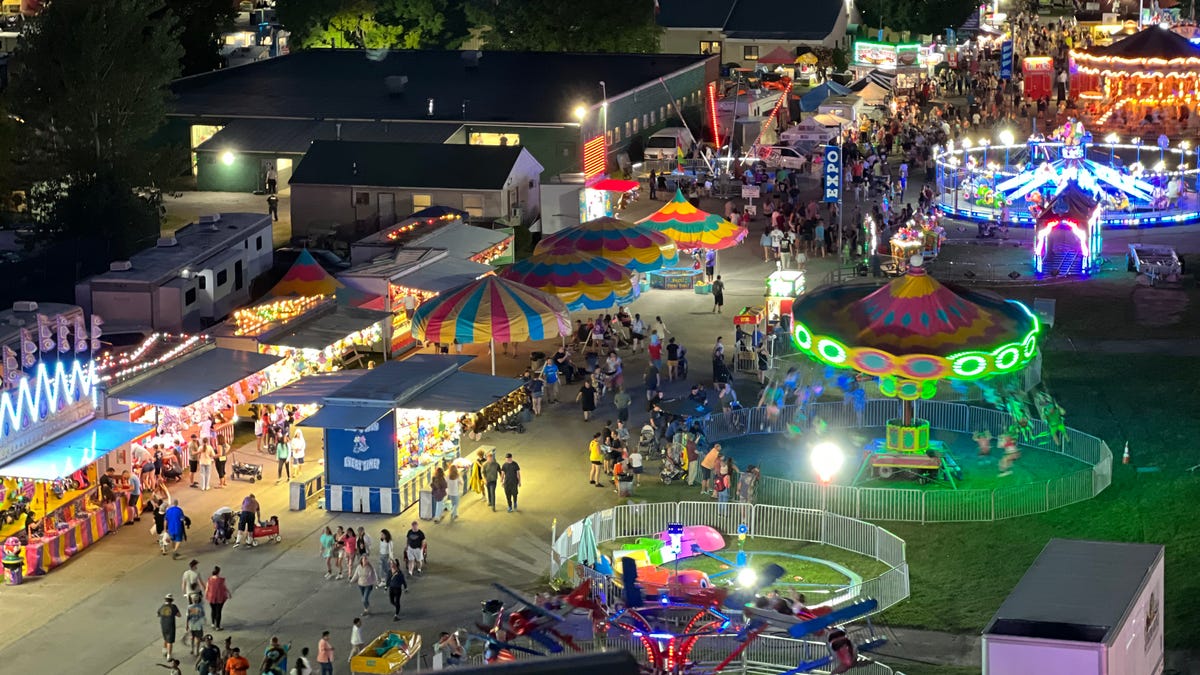
Pitchfork Music Festival Will Not Return To Chicago In 2025
After 19 years, the Pitchfork Music Festival has announced it will not return to Chicago in 2025.
unbranded – Entertainment
Looking forward to spending time outdoors at a festival or fair this summer?
Luckily, Vermont has plenty of exciting festivals lined up to celebrate the season all summer long, from June through September. From food festivals to outdoor concerts to historical agricultural fairs, the state is sure to have the perfect festival for the whole family to enjoy.
Here are 10 festivals in Vermont to attend this summer.
Vermont State Fair
The Vermont State Fair, Vermont’s oldest agricultural fair, will return this summer for the 179th time. Hosted by the Rutland Agricultural Society, this five-day event will include live entertainment, carnival rides and food trucks, as well as agricultural demonstrations like animal races or tractor shows.
Hours and ticket information for the 2025 Vermont State Fair will follow in the coming weeks.
When: Tuesday, Aug. 12 through Saturday, Aug. 16
Where: 175 S Main St., Rutland
Do Good Fest
Back in Montpelier this July is Do Good Fest, a charity music festival that benefits the Vermont Foodbank. This year, Do Good’s headliner is Grammy award-winning band The Fray, who will be joined by the Plain White T’s and Sammy Rae & The Friends.
Along with the big concert, this festival will also have two dozen food trucks, a beer garden, a donation drive and a fireworks show. General admission to Do Good Fest costs just $5, but all size donations are accepted. Children ages five and under enter for free.
When: Saturday, July 12 from 2-9 p.m.
Where: National Life Group, 1 National Life Dr., Montpelier
Quechee Hot Air Balloon Festival
Head over to the 45th annual Quechee Hot Air Balloon Festival for a dreamy weekend of hot air balloon rides through the scenic Upper Valley sky. As the longest-running hot air balloon festival in New England, this event also features live music, a kids zone and over 50 artisan vendors of local foods and goods.
Tickets, which cost $25 for adults or $5 for children, include admission for the whole weekend, so guests may come and go throughout the three-day festival. Balloon rides are sold separately.
When: Friday, June 20 through Sunday, June 22. Hours are 3-8 p.m. on Friday, 6 a.m. to 8 p.m. on Saturday and 6 a.m. to 7 p.m. on Sunday.
Where: Quechee Green Park, 70 Village Green, Quechee
Vermont Blueberry Festival
Nothing says summer like fresh blueberries, and Southern Vermont’s Deerfield Valley is celebrating the popular fruit with a 10-day festival.
The area-wide festival will feature various blueberry-themed events, including a blueberry parade, a blueberry kids fair, a blueberry craft fair, a blueberry parade, blueberry planting classes, a blueberry dessert competition and a blueberry pie eating contest. Additionally, the festival will be accompanied by lots of live music, farmers markets and special blueberry-infused creations from local restaurants and bars, including blueberry chicken tacos, blueberry pancakes and blueberry lemon martinis.
While most of the events for the blueberry festival are free, some may have individual costs. A full schedule with details can be found online.
When: Friday, July 25 through Sunday, Aug. 3.
Where: Various locations in Deerfield Valley
Champlain Valley Fair
Close out summer at the 103rd Champlain Valley Fair, coming to Essex Junction at the end of August. The iconic fair has plenty of agricultural demonstrations and competitions, cooking competitions, carnival rides and games, a demolition derby and more.
The ten-day fair also features a different entertainment act each night, including Lil Jon, Dustin Lynch and Gabriel Iglesias this year.
Tickets are now available online, with single-day admission starting at $12 for adults and $6 for children. Concerts and rides are sold separately.
When: Friday, Aug. 22 through Sunday, August 31. Gates open at noon on weekdays and 10 a.m. on weekends.
Where: 105 Pearl St., Essex Junction
Vermont Brewers Festival
Established in 1991, the Vermont Brewers Festival is a popular two-day craft beer event located on the picturesque shores of Lake Champlain. While sipping on beer from over 30 craft breweries, guests can shop from local food and goods vendors, enjoy live music and play lawn games like giant beer pong.
Tickets cost $60 in advance or $65 day-of. Each ticket includes 15 tabs to use as drink tickets, with five extra tickets available for purchase inside. Designated driver tickets are also available for $22 on-site only.
When: Friday, July 18 from 5:30-9:30 p.m. and Saturday, July 19 from noon to 4 p.m. or 5:30-9:30 p.m.
Where: Waterfront Park, 10 College St., Burlington
Art in the Park
Each summer, the Chaffee Art Center hosts an Art in the Park Festival showcasing fine art, photography and crafts from local artists. The free festival also includes specialty foods, children’s activities, live music and demonstrations of artworks in progress.
When: Saturday, Aug. 9 from 10 a.m. to 5 p.m. and Sunday, Aug. 10 from 10 a.m. to 4 p.m.
Where: Main Street Park, 5 S Main St., Rutland
Burlington Wine & Food Festival
Burlington is celebrating summer with the perfect festival for wine lovers – a day of wine tasting and food sampling on the shores of Lake Champlain. The festival will feature wines from all over the world, including Italy, Spain, France and right here in Vermont, as well as artisan cheeses, meats and chocolates.
Admission costs $80 per guest for advance tickets or $95 on the day of the event. The price of the ticket includes all food sampling, wine tasting and on-site presentations.
When: Saturday, June 21 from 12:30-3:30 p.m. or 5-8 p.m.
Where: Hula Lakeside, 50 Lakeside Ave., Burlington
Best of Vermont Summer Festival
Back for a fifth year, the Best of Vermont Summer Festival is a newer festival that celebrates summer with live music, craft beverages, artisan products, specialty foods, antique tractors and kids activities. Ticket and scheduling information for this fair will be published online when made available.
When: Saturday, Aug. 23 and Sunday, Aug. 24 from 11 a.m. to 5 p.m.
Where: Okemo Field at Route 103 and Bixby Road, Ludlow
Burlington Discover Jazz Festival
In early June, jazz music will fill the streets of downtown Burlington for the 42nd Burlington Discover Jazz Festival. Musical acts will range in everything from local high school bands to a closing night tribute to Alice Coltrane, one of the most influential women in jazz.
Ticket prices vary depending on the specific show. All tickets can be bought online.
When: Wednesday, June 4 through Sunday, June 8
Where: Various locations in downtown Burlington
Vermont
Hazy skies in Vermont: What to expect from Canadian wildfire smoke
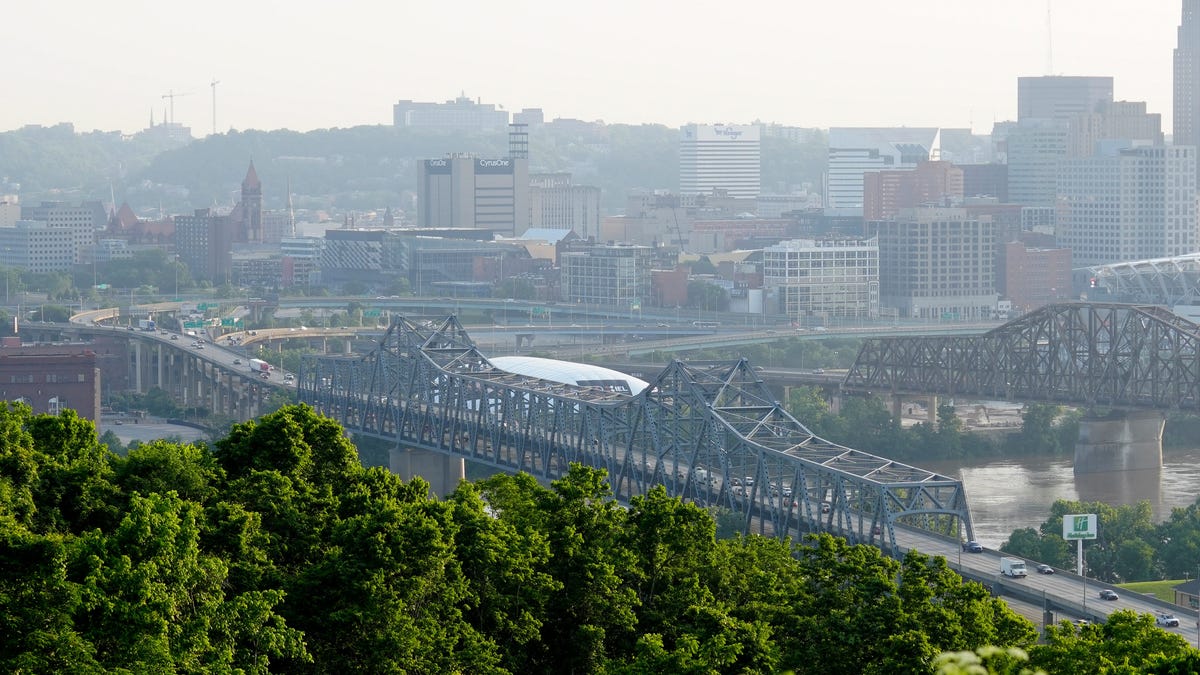
Vermont City Marathon & Relay: Tree man costume: Camiel Schroeder
Camiel Schroeder showcased his passion for sustainable charities by wearing a tree costume at the 2025 Vermont City Marathon.
If you were thinking about hiking in the Green Mountains this week, you may want to wait out the wildfire smoke first.
Smoke from wildfires in Canada have been announced to be moving across the United States, affecting many in the country.
National Weather Service meteorologist Jessica Storm said if you’re at a flat elevation in Vermont, wildfire smoke just looks like a haze in the sky, but if you were up in the mountains, you could see the thick smoke visibly hovering in the sky.
“We’ll kind of have to see how things shake out with the system that comes through this weekend,” Storm said. “It looks like it’s going to be pretty rainy so probably not much availability to see the smoke.”
Here’s what you need to know about Canadian wildfire smoke in Vermont.
How bad is the air quality?
The air quality in Vermont is forecasted to be in the mid-70’s of the Air Quality Index today, according to AirNow, U.S. Environmental Protection Agency’s tool for monitoring air quality.
The Air Quality Index measures how polluted the air around an area is, the AirNow website said. A place that has an AQI of below 50 has good air quality, whereas a place with an index of over 300 constitutes a hazardous area to breathe in.
So, Vermont’s air quality right now is less than good, but hasn’t become unhealthy or hazardous yet.
Wildfire smoke map
The last major wildfire that Canada had was in 2024, where thousands were evacuated. As many as 17,000 people have been evacuated in Canada due to these ongoing wildfires.
How long will the wildfire smoke last?
The meteorologist said that the smoke will start to gradually decrease around Thursday night through Friday.
Margie Cullen contributed to the reporting of this story.
Rin Velasco is a trending reporter. She can be reached at rvelasco@gannett.com.
-

 News1 week ago
News1 week agoVideo: Faizan Zaki Wins Spelling Bee
-

 Politics6 days ago
Politics6 days agoMichelle Obama facing backlash over claim about women's reproductive health
-

 News1 week ago
News1 week agoVideo: Harvard Commencement Speaker Congratulates and Thanks Graduates
-
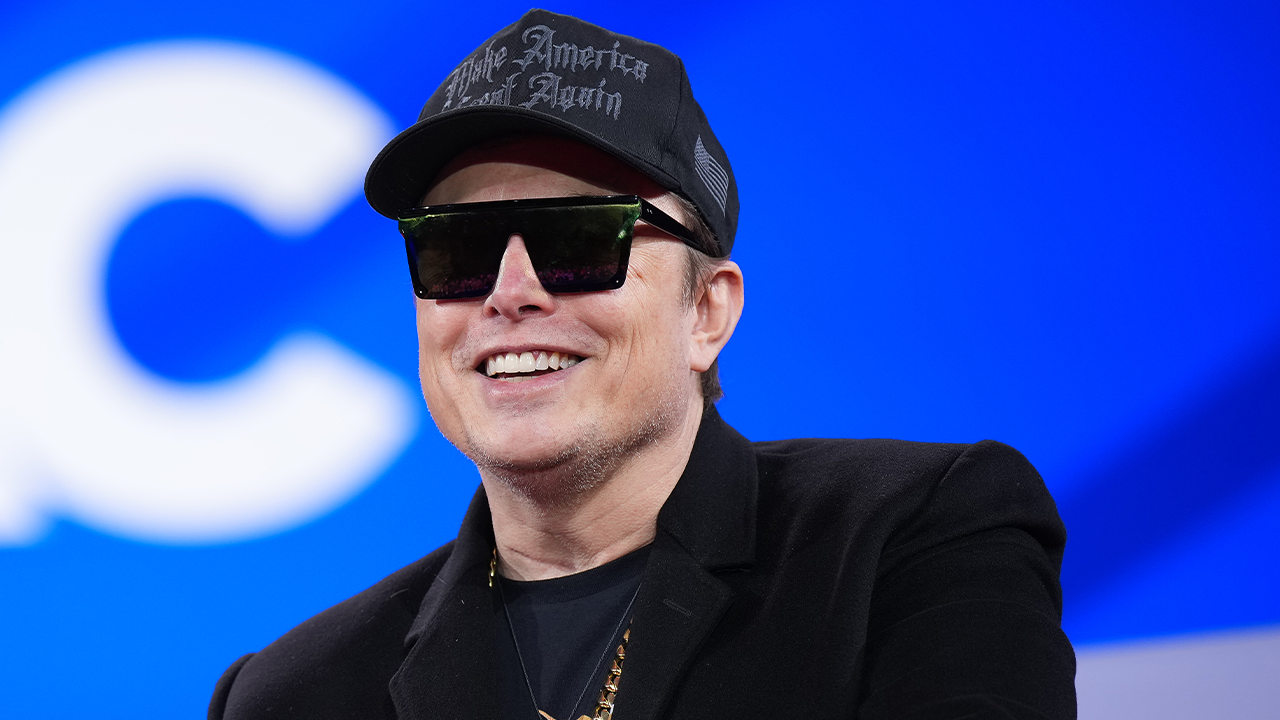
 Politics1 week ago
Politics1 week agoMusk officially steps down from DOGE after wrapping work streamlining government
-

 News1 week ago
News1 week agoPresident Trump pardons rapper NBA YoungBoy in flurry of clemency actions
-

 Technology1 week ago
Technology1 week agoAI could consume more power than Bitcoin by the end of 2025
-

 Technology1 week ago
Technology1 week agoSEC drops Binance lawsuit in yet another gift to crypto
-

 Business1 week ago
Business1 week agoSix Flags to cut 135 jobs at Knott’s, Magic Mountain and other California parks

